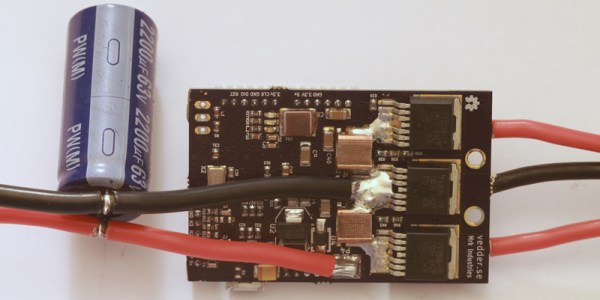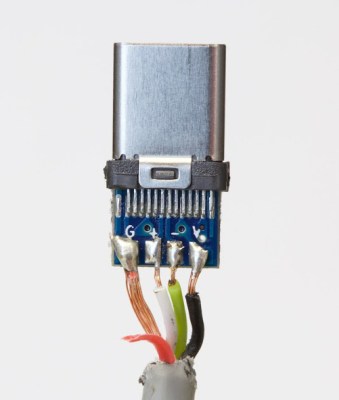Brushless motors are everywhere now. From RC planes to CNC machines, if you need a lot of power to spin something really fast, you’re probably going to use a brushless motor. A brushless motor requires a motor controller, and for most of us, this means cheap Electronic Speed Controllers (ESC) from a warehouse in China. [Ben] had a better idea: build his own ESC. He’s been working on this project for a while, and he’s polishing the design to implement a very cool feature – position control.
We’ve seen [Ben]’s work on his custom, homebrew ESC before. It is, by any measure, a work of art. It’s capable of driving brushless and brushed motors with a powerful STM32F4 microcontroller running ChibiOS that’s able to communicate with other microcontrollers through I2C, UART, and CAN bus. If you want to build anything with a motor – from a CNC machine to an RC helicopter to an electric long board – this is the motor controller for you.
[Ben]’s latest update considers position encoders. Knowing how fast a motor is turning is very important to knowing how fast a wheel is turning, how much torque the motor is generating, and an awesome step in building the finest motor controller ever made.
Like the last update, [Ben] demonstrates the great control program written for this ESC. This GUI programs the microcontroller on the controller, with protection from high and low voltages and currents, high RPMs, duty cycle changes, and support for regenerative braking.
Thanks [Dudelbert] for sending this one in.
Continue reading “Adding Position Control To An Open Source Brushless Motor Driver”



















